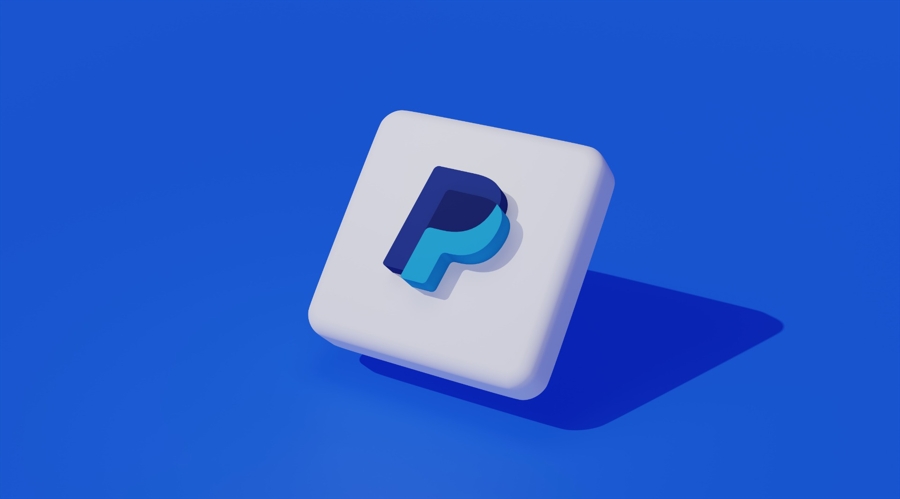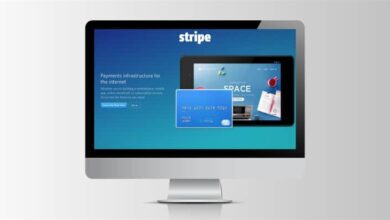From FinTech Friend to Ad Architect: PayPal’s Calculated Gamble into Targeted Advertising

For years, PayPal has resided comfortably in our digital wallets, a trusted intermediary between us and the online stores we frequent. But the winds of change are swirling, and PayPal, with a glint in its eye and a trove of user data in hand, is stepping out from the shadows and into the bustling world of targeted advertising.
This move might seem like a surprising pivot for a company built on facilitating transactions. But dig a little deeper, and the logic becomes clear. PayPal sits on a mountain of gold – not the kind you can spend, but the kind that fuels the hyper-targeted advertising engine that underpins the modern internet. Every purchase, every bill paid, every digital footprint we leave behind – it’s all meticulously tracked and categorized by PayPal, painting a detailed portrait of our spending habits and desires.
This data, anonymized of course (for now), is a marketer’s dream as the possibilities for laser-focused advertising are vast, and PayPal is ready to be the architect of this new frontier.
Leading the charge is Mark Grether, a seasoned ad veteran poached from Uber’s advertising unit. Grether’s experience will be crucial in navigating the complexities of building an ad network from scratch. He’ll be responsible for crafting ad formats that seamlessly integrate into the PayPal ecosystem without feeling intrusive, and for convincing businesses, both those already established on PayPal and entirely new players, to invest in this novel advertising channel.
This foray into advertising isn’t just about boosting revenue for PayPal, rather it’s a strategic move to stay relevant in a rapidly evolving financial landscape. Fintech startups are nipping at PayPal’s heels, offering new and innovative ways to pay and manage money. By leveraging its user data, PayPal can offer a unique value proposition to both consumers and businesses, solidifying its position as a one-stop shop for all things digital finance.
But this brave new world of hyper-personalized ads comes with a hefty price tag. The more we surrender our data, the more we cede control over the narratives that shape our desires. Are we willingly entering an Orwellian marketplace, where every click is a confession and every purchase a surrender to a preordained fate?
PayPal’s gamble hinges on a crucial question: will convenience trump privacy in the eyes of the consumer? Will we be happy to trade a barrage of irrelevant ads for a flawlessly frictionless shopping experience, where our next purchase materializes before we even know we need it?
The answer isn’t clear-cut. There’s a simmering unease, a growing distrust of the faceless corporations that collect our data like digital butterflies. PayPal will need to navigate this minefield carefully, building trust through transparency and offering users a genuine choice – to be not just consumers, but active participants in this new data-driven marketplace.
The potential benefits are undeniable. A more efficient advertising landscape could mean less intrusive ads for everyone. Businesses could target their resources more effectively, reducing waste and potentially lowering prices for consumers. But this utopia hinges on a delicate balance.
PayPal’s foray into advertising is a microcosm of a larger societal debate. As we march headfirst into a data-driven future, we must grapple with the ethical implications. The line between convenience and manipulation is thin, and it’s up the consumers to decide where to draw it.
Despite these hurdles, PayPal’s move into advertising holds promise. It has the potential to create a more efficient and effective advertising ecosystem, one where businesses can reach their target audience with laser precision and consumers receive ads that are genuinely relevant to their needs.
The success of this endeavor will depend on PayPal’s ability to strike a delicate balance as the company needs to leverage its data advantage while respecting user privacy. It needs to create a win-win situation for both businesses and consumers. If it can achieve this, PayPal’s transformation from FinTech friend to ad architect could be a masterstroke, ensuring its continued relevance in the ever-shifting digital landscape.
For years, PayPal has resided comfortably in our digital wallets, a trusted intermediary between us and the online stores we frequent. But the winds of change are swirling, and PayPal, with a glint in its eye and a trove of user data in hand, is stepping out from the shadows and into the bustling world of targeted advertising.
This move might seem like a surprising pivot for a company built on facilitating transactions. But dig a little deeper, and the logic becomes clear. PayPal sits on a mountain of gold – not the kind you can spend, but the kind that fuels the hyper-targeted advertising engine that underpins the modern internet. Every purchase, every bill paid, every digital footprint we leave behind – it’s all meticulously tracked and categorized by PayPal, painting a detailed portrait of our spending habits and desires.
This data, anonymized of course (for now), is a marketer’s dream as the possibilities for laser-focused advertising are vast, and PayPal is ready to be the architect of this new frontier.
Leading the charge is Mark Grether, a seasoned ad veteran poached from Uber’s advertising unit. Grether’s experience will be crucial in navigating the complexities of building an ad network from scratch. He’ll be responsible for crafting ad formats that seamlessly integrate into the PayPal ecosystem without feeling intrusive, and for convincing businesses, both those already established on PayPal and entirely new players, to invest in this novel advertising channel.
This foray into advertising isn’t just about boosting revenue for PayPal, rather it’s a strategic move to stay relevant in a rapidly evolving financial landscape. Fintech startups are nipping at PayPal’s heels, offering new and innovative ways to pay and manage money. By leveraging its user data, PayPal can offer a unique value proposition to both consumers and businesses, solidifying its position as a one-stop shop for all things digital finance.
But this brave new world of hyper-personalized ads comes with a hefty price tag. The more we surrender our data, the more we cede control over the narratives that shape our desires. Are we willingly entering an Orwellian marketplace, where every click is a confession and every purchase a surrender to a preordained fate?
PayPal’s gamble hinges on a crucial question: will convenience trump privacy in the eyes of the consumer? Will we be happy to trade a barrage of irrelevant ads for a flawlessly frictionless shopping experience, where our next purchase materializes before we even know we need it?
The answer isn’t clear-cut. There’s a simmering unease, a growing distrust of the faceless corporations that collect our data like digital butterflies. PayPal will need to navigate this minefield carefully, building trust through transparency and offering users a genuine choice – to be not just consumers, but active participants in this new data-driven marketplace.
The potential benefits are undeniable. A more efficient advertising landscape could mean less intrusive ads for everyone. Businesses could target their resources more effectively, reducing waste and potentially lowering prices for consumers. But this utopia hinges on a delicate balance.
PayPal’s foray into advertising is a microcosm of a larger societal debate. As we march headfirst into a data-driven future, we must grapple with the ethical implications. The line between convenience and manipulation is thin, and it’s up the consumers to decide where to draw it.
Despite these hurdles, PayPal’s move into advertising holds promise. It has the potential to create a more efficient and effective advertising ecosystem, one where businesses can reach their target audience with laser precision and consumers receive ads that are genuinely relevant to their needs.
The success of this endeavor will depend on PayPal’s ability to strike a delicate balance as the company needs to leverage its data advantage while respecting user privacy. It needs to create a win-win situation for both businesses and consumers. If it can achieve this, PayPal’s transformation from FinTech friend to ad architect could be a masterstroke, ensuring its continued relevance in the ever-shifting digital landscape.




